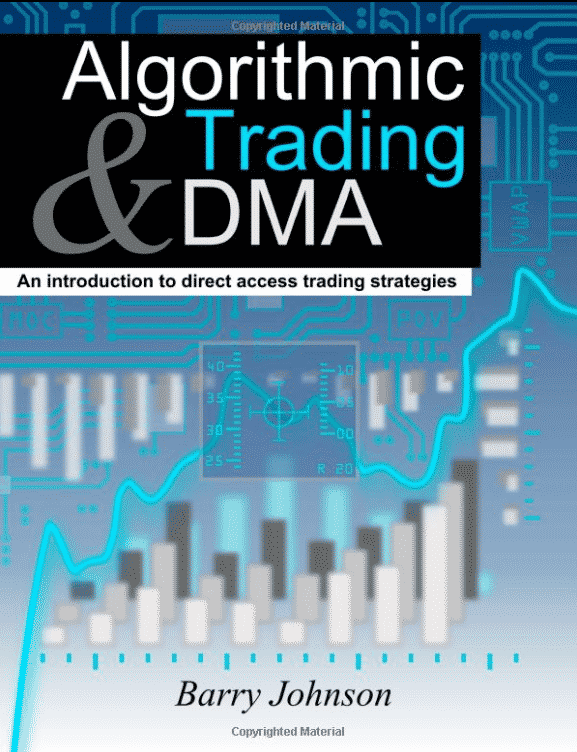
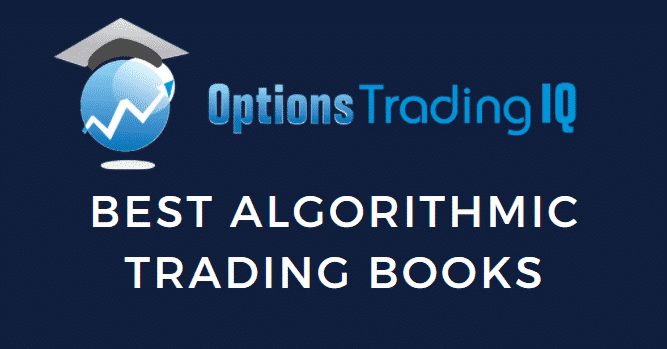
Today, we are looking at the best algorithmic trading books.
Let us know if you have read any of these and if there are others we could add to the list.
Contents
- Introduction
- Algorithmic Trading and DMA
- Quantitative Trading: How to Build Your Own Algorithmic Trading Business
- Algorithmic Trading: Winning Strategies and Their Rationale
- Algorithmic Trading: A Practitioner’s Guide
- Building Winning Algorithmic Trading Systems, + Website
- The Bottom Line
Introduction
With the advancement of faster computing speeds, trading and order execution have been computerized, and nearly all exchanges use some computer-aided technology to execute the trades.
Algorithmic trading is the process through which orders are executed based on a pre-programmed set of instructions.
These instructions can be based on prices, the volume traded, timing, or a combination of all these.
When you buy a stock or any security online, you factor in its price and take heed of the technical, market, and fundamental indicators to base your decision.
After you place an order, a set of computer instructions automatically transfers the security from the seller to you without the intervention of a human.
However, at this point, it is you who decides whether to buy this security or not.
What if you don’t have to manually check for the indicators and other market conditions?
This is exactly what algorithmic trading does.
The programmer would, for example, include codes for trade volume, dividend yield, RSI indicators, etc.
When a particular stock matches these criteria, the code would enter and order to buy.
Similarly, it can include an order to sell if the criteria change.
Now it begs the question of how a new or a small investor would implement algorithmic trading.
Algorithmic trading can be costly to implement because the models/software can be very costly.
While a large investment firm easily has resources, it can be out of reach of a small or individual investor until they build their own models.
A trader needs to understand how it works and then build such models to proceed with the same. Here we list some books that can help you use basic models.
Algorithmic Trading And DMA: An Introduction To Direct Access Trading Strategies – Barry Johnson
The book, priced at nearly $50, is a good start for an investor interested in knowing how the exchanges work and trades are executed.
Barry Johnson is a quantitative software developer at an investment bank, and hence the book provides a good idea of the stock market microstructure.
The 550-pages long book touches nearly all topic areas and has more breadth than depth.
While the book does not include advanced algorithmic trading strategies, it includes several quantitative trading rules utilized by exchanges.
This helps an investor with the basic structure of algorithmic trading infrastructure.
The author also focuses on institutional investors such as large banks or brokers but is more suited for an individual investor.
What I loved about this is book is that it is full of diagrams explaining the topic.
While it is not an easy read, and you may have to charge up your grey matter, it sums up a complex topic into something more digestible. Important topic areas include:
- Types of execution
- Market microstructure theory
- Types of orders (market, limit, etc.)
- Trading algorithms
- Transaction costs
- Portfolio and multi-asset trading
Quantitative Trading: How to Build Your Own Algorithmic Trading Business – Ernie Chan (Dr Ernest P. Chan)
Ernie Chan is a PhD and has worked with the top banks and investment firms such as Morgan Stanley, Credit Suisse, Millennium Partners, and others.
He is a consultant for implementing automated statistical trading strategies for many clients.
This book also primarily targets non-institutional investors to help them develop trading strategies using quantitative methods.
This can help an investor build their own trading firm.
The newly released edition includes new case studies and practical applications of strategies currently employed by algorithmic traders in the market.
One of the aspects that I like about this book is that it includes several back-tested strategies that can be implemented using freely available Python/R codes without purchasing a propriety model.
In addition, it includes optimization of strategies incorporating dynamic market changes using machine learning and artificial intelligence.
While the book is available for $30.00 on Kindle, I prefer to have a hardcover edition for $60.
With only 256 pages, this book will surely find a space on the shelf of any budding algorithmic trader.
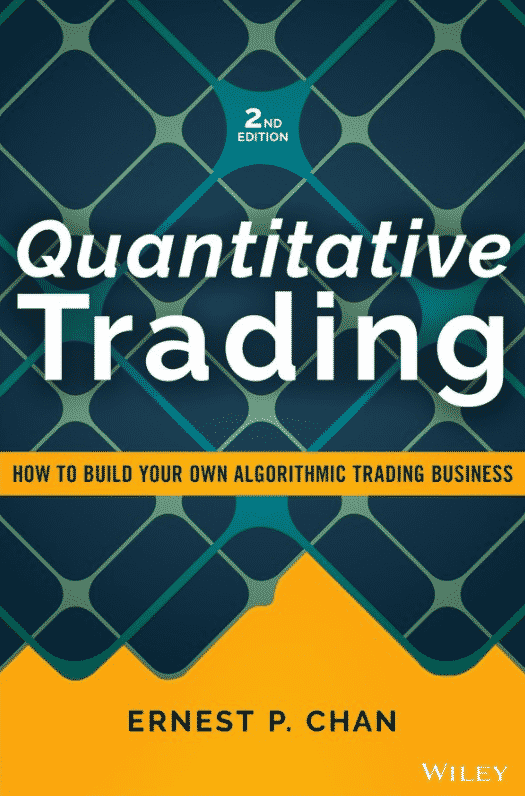
Algorithmic Trading: Winning Strategies And Their Rationale – Ernie Chan
One more book from Ernie Chan finds itself on the list.
The book has earned praise from several market practitioners.
Like his previous book, this also includes real examples from the floor to support the concepts discussed.
The concepts and examples include three basic portions of a trading algorithm:
- Development of the strategy and the economic reason underlying it
- Strategy implementation
- Strategy coding
Major topic areas include mean reversion strategies for different asset classes, back-testing, momentum strategies, and risk management.
Again, the book is only 224 pages, and you can get a hardcover version for around $33.
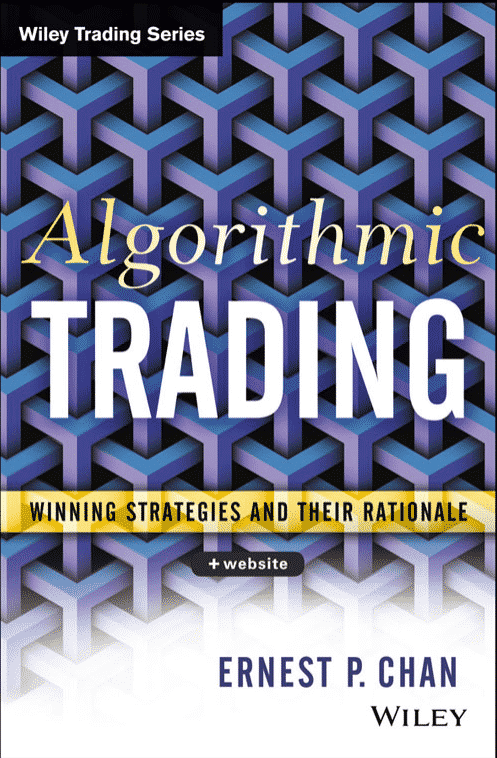
Algorithmic Trading: A Practitioner’s Guide – Jeffrey M Bacidore
Jeffrey Bacidore headed the Algorithmic Trading at Goldman Sachs and was a research head at Credit Suisse.
Today, he runs a trading, research, and consulting firm, the Bacidore Group.
The firm’s clients include leading brokerage houses, investment managers and fintech companies.
The author has developed highly efficient trading models using statistical methods and machine learning.
All his experience seems to be summarised in his book, which also explains how trading algorithms work in real trading situations.
Some of the major addressed topic areas include:
- Single order algorithms such as time-weighted or volume-weighted average price (TWAP/VWAP) and percent of volume (POV)
- Implementation shortfall algorithms and their variations
- Multi-order algorithms, including pairs trading and portfolio trading algorithms
The book is a small read with 243 pages and would not burn a large hole in your pocket as it is priced at less than $50.
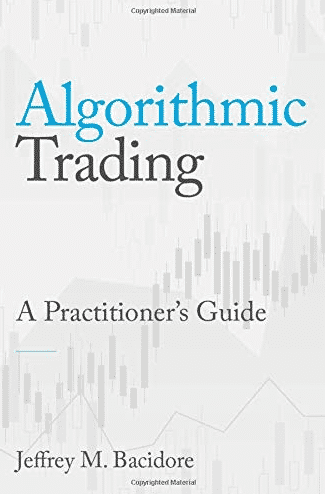
Building Winning Algorithmic Trading Systems, + Website: A Trader’s Journey From Data Mining To Monte Carlo Simulation to Live Trading – Kevin J. Davey
Kevin Davey is a market veteran and a systems developer with more than two decades of experience.
He gained notoriety for generating triple-digit returns in three consecutive “World Cup Championships of Futures Trading” using algorithmic trading systems.
He is currently engaged in employing algorithmic trading strategies in the market.
The book takes the reader through the process of generating the trading idea, marking entries and exits, testing, and final implementing an algorithmic trading system.
Demonstrative examples are used along with proper rules for over or underweighting allocations or to short the stake.
This helps the investor build their own system, which incorporates market fluctuations. Important characteristics of the book include:
- A background on a market-tested system capable of producing long-term triple-digit returns
- Use of popular or freely available models to build your own system
- Ability to test the system using historical data
- Data mining for statistical indicators using the new system
The book is also priced sub $50 and is less than 300 pages.
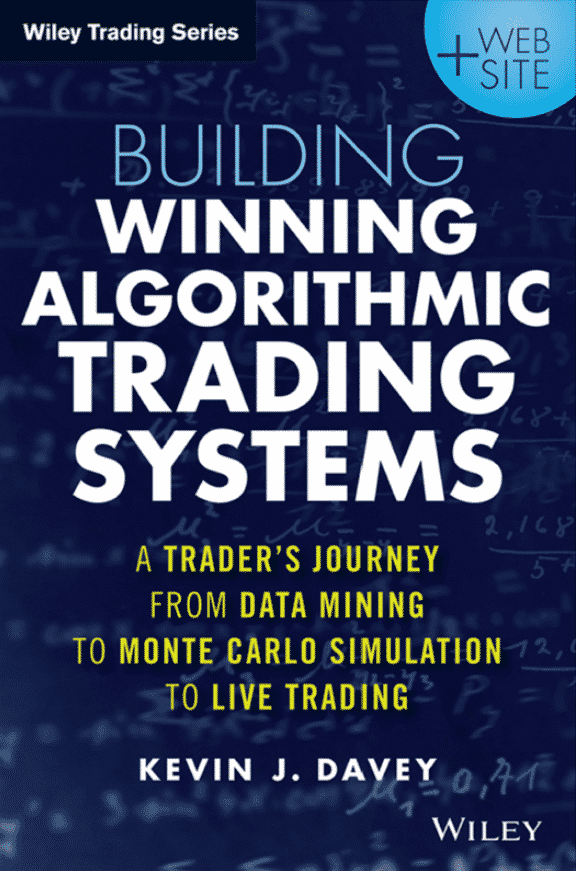
The Bottom Line
These books are an excellent start to understand, develop and build your own algorithmic trading systems.
However, the fact that the markets are dynamic and trading models need to be updated must be kept in mind.
If not, these systems can cause significant losses because they are only as good as the inputs they receive.
Keeping that in mind, algorithmic models need to be back-tested on historical data.
After that, it would be best if you start by investing a small portion of your portfolio using these systems.
You can have beginner’s luck or may take huge losses.
However, this will help you hone your models with less risk. After that, the sky is the limit.
Trade safe!
Disclaimer: The information above is for educational purposes only and should not be treated as investment advice. The strategy presented would not be suitable for investors who are not familiar with exchange traded options. Any readers interested in this strategy should do their own research and seek advice from a licensed financial adviser.






